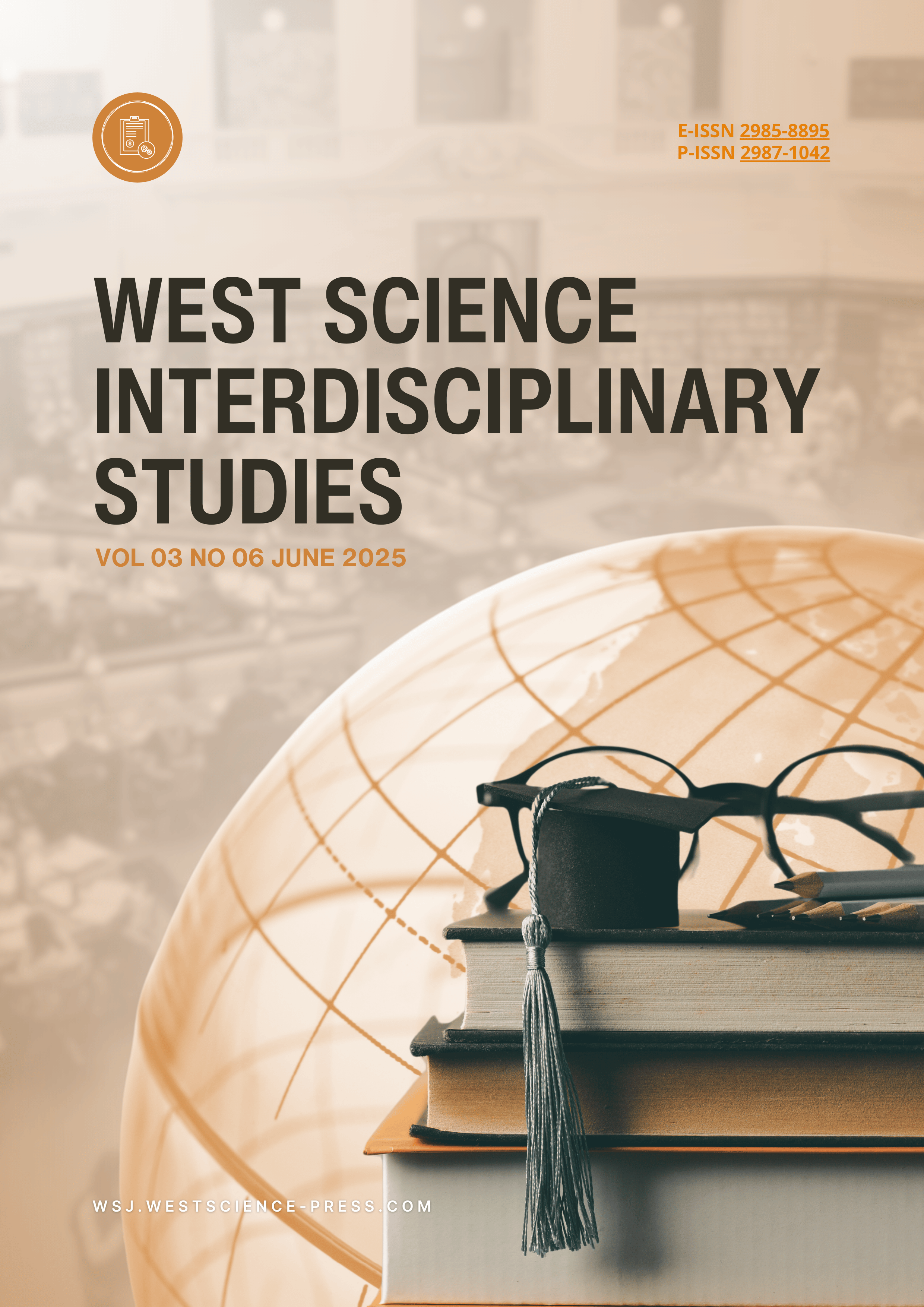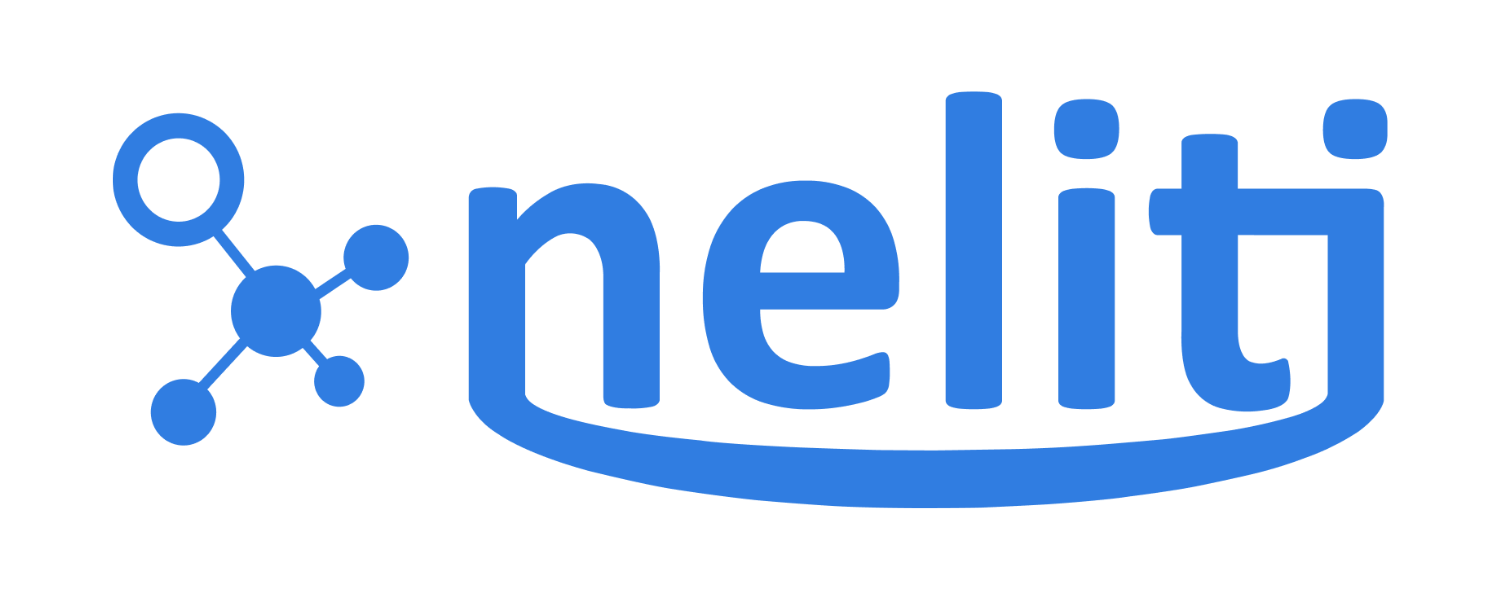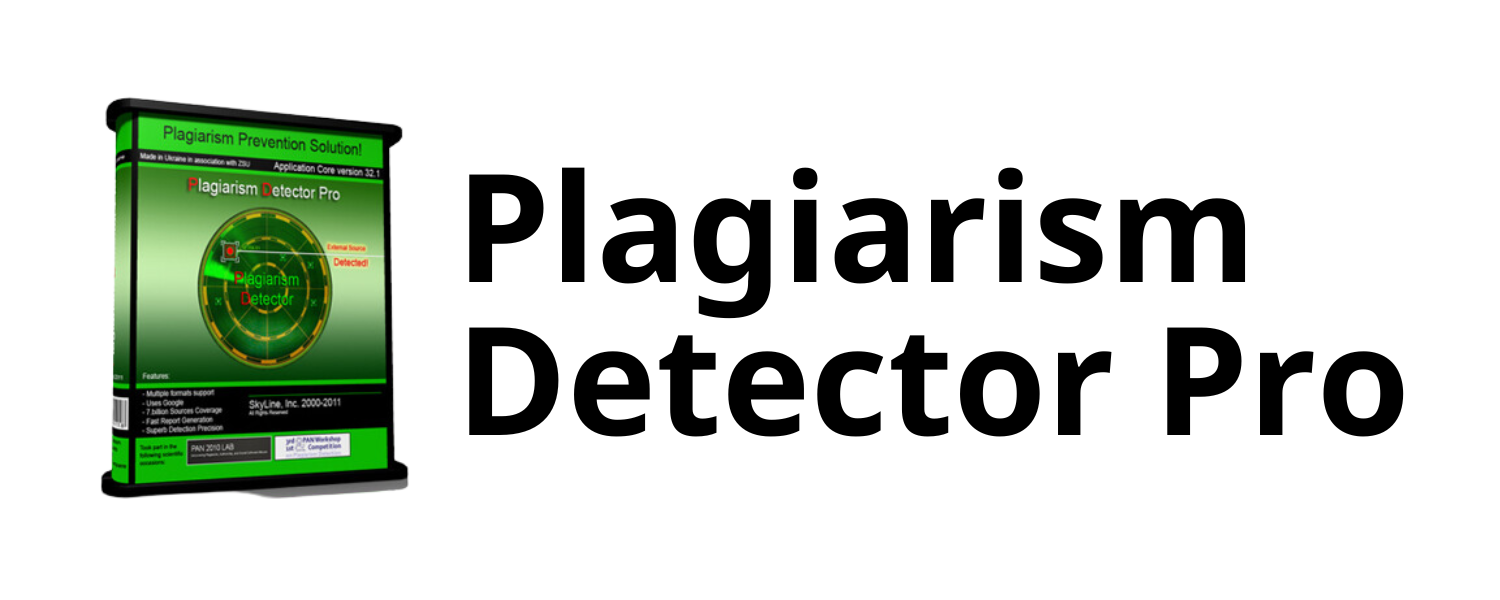The Effect of Digital Twin and Edge AI on Industrial Machine Maintenance Optimization in Karawang
DOI:
https://doi.org/10.58812/wsis.v3i06.1988Keywords:
Sustainable Fashion, Environmental Awareness, Purchase Intention, Tiktok Videos, Organic TestimonialsAbstract
This study investigates the impact of Digital Twin and Edge AI technologies on optimizing industrial machine maintenance in Karawang, Indonesia. Using a quantitative research approach, data were collected from 80 respondents via a Likert-scale questionnaire and analyzed using SPSS version 25. The findings reveal significant positive relationships between both technologies and maintenance optimization. Digital Twin technology enhances predictive maintenance by enabling real-time simulations, while Edge AI improves decision-making through decentralized data processing. Together, they explain 58% of the variance in maintenance optimization. These results emphasize the synergistic effects of these technologies in reducing downtime, improving operational efficiency, and achieving cost savings. This research contributes to the understanding of advanced technological adoption in industrial maintenance and provides practical implications for enhancing productivity in industrial settings.
References
[1] I. Fantozzi, A. Santolamazza, G. Loy, and M. Schiraldi, “Digital Twins: Strategic Guide to Utilize Digital Twins to Improve Operational Efficiency in Industry 4.0,” Futur. Internet, vol. 17, no. 1, 2025.
[2] L. Lachvajderová, M. Trebuňa, and J. Kádárová, “Unlocking Industry Potential: The Evolution and Impact of Digital Twins,” Acta Mech. Slovaca, vol. 28, no. 1, pp. 46–51, 2024.
[3] P. Alaguvathana, S. Vignesh, M. L. B. ThulasiDharann, and R. M. Yoganath, “Optimizing Industrial Machinery Maintenance through Machine Learning Predictions,” in 2024 International Conference on Inventive Computation Technologies (ICICT), IEEE, 2024, pp. 1029–1034.
[4] B. Shuriya, P. Sivaprakash, K. A. Kumar, M. Saravanakumar, and A. Rajendran, “Digital twins and artificial intelligence: transforming industrial operations,” in Digital Twin for Smart Manufacturing, Elsevier, 2023, pp. 111–133.
[5] D. Anaba, A. Kess-Momoh, and S. Ayodeji, “Innovative maintenance strategies for industrial equipment: A review of current practices and future directions,” Open Access Res. J. Sci. Technol., vol. 11, pp. 29–37, 2024.
[6] T. Ademujimi and V. Prabhu, “Digital twin for training bayesian networks for fault diagnostics of manufacturing systems,” Sensors, vol. 22, no. 4, p. 1430, 2022.
[7] P. Aivaliotis, K. Georgoulias, and G. Chryssolouris, “The use of Digital Twin for predictive maintenance in manufacturing,” Int. J. Comput. Integr. Manuf., vol. 32, no. 11, pp. 1067–1080, 2019.
[8] M. B. Al Zami, S. Shaon, V. K. Quy, and D. C. Nguyen, “Digital twin in industries: A comprehensive survey,” IEEE Access, 2025.
[9] D. Thakkar and R. Kumar, “AI-Driven Predictive Maintenance for Industrial Assets using Edge Computing and Machine Learning”.
[10] D. Patil, “Artificial Intelligence-Driven Predictive Maintenance In Manufacturing: Enhancing Operational Efficiency, Minimizing Downtime, And Optimizing Resource Utilization,” Minimizing Downtime, Optim. Resour. Util. (December 11, 2024), 2024.
[11] S. Chen et al., “Enhancing Digital Twins With Deep Reinforcement Learning: A Use Case in Maintenance Prioritization,” in 2024 Winter Simulation Conference (WSC), IEEE, 2024, pp. 1611–1622.
[12] M. B. Shaikh, P. J. Patil, P. V Thokal, and D. B. Pardeshi, “Implementing Machine Learning for Predictive Maintenance in Industrial Machinery,” in 2024 15th International Conference on Computing Communication and Networking Technologies (ICCCNT), IEEE, 2024, pp. 1–6.
[13] K. Gupta and P. Kaur, “Application of Predictive Maintenance in Manufacturing with the utilization of AI and IoT Tools,” Authorea Prepr., 2024.
[14] K. Kalaiselvi, K. Niranjana, V. Prithivirajan, K. S. Kumar, and V. Syambabu, “Machine Learning for Predictive Maintenance in Industrial Equipment: Challenges and Application,” in 2024 4th Asian Conference on Innovation in Technology (ASIANCON), IEEE, 2024, pp. 1–6.
[15] M. Patel, J. Vasa, and B. Patel, “Predictive Maintenance: A Comprehensive Analysis and Future Outlook,” in 2023 2nd International Conference on Futuristic Technologies (INCOFT), IEEE, 2023, pp. 1–7.
[16] E. Ferrigno and G. A. Barsola, “3d real time digital twin,” in SPE Latin America and Caribbean Petroleum Engineering Conference, SPE, 2023, p. D021S010R006.
[17] S. Chandrasekaran, S. Athinarayanan, M. Masthan, A. Kakkar, P. Bhatnagar, and A. Samad, “Edge Computing Revolution: Unleashing Artificial Intelligence Potential in the World of Edge Intelligence,” Edge Intell. Explor. Front. AI Edge, pp. 153–191, 2025.
[18] P. Jain, N. Pateria, G. Anjum, A. Tiwari, and A. Tiwari, “Edge AI and On-Device Machine Learning for Real Time Processing,” Int. J. Innov. Res. Comput. Commun. Eng, vol. 12, pp. 8137–8146, 2023.
[19] S. Chinta, “Edge AI for real-time decision making in IoT networks,” Int. J. Innov. Res. Comput. Commun. Eng., vol. 12, no. 9, pp. 11293–11309, 2024.
[20] A. Karras, A. Giannaros, C. Karras, K. C. Giotopoulos, D. Tsolis, and S. Sioutas, “Edge Artificial Intelligence in Large-Scale IoT Systems, Applications, and Big Data Infrastructures,” in 2023 8th South-East Europe Design Automation, Computer Engineering, Computer Networks and Social Media Conference (SEEDA-CECNSM), IEEE, 2023, pp. 1–8.
[21] C. F. dos Santos, A. B. de Oliveira, E. de Freitas Rocha Loures, and E. A. P. Santos, “A Merging of Digital Twin and Decision-Making Concepts for Industrial Maintenance,” in International Conference on Production Research, Springer, 2022, pp. 353–360.
[22] S. Sharanya, R. Venkataraman, and G. Murali, “Edge AI: from the perspective of predictive maintenance,” in Applied Edge AI, Auerbach Publications, 2022, pp. 171–192.
[23] A. H. Gomaa, “Enhancing maintenance management of critical equipment using digital twin,” Compr. Res. Rev. Eng. Technol., vol. 1, no. 1, pp. 45–55, 2022.
[24] L. Felsberger, B. Todd, and D. Kranzlmüller, “Power converter maintenance optimization using a model-based digital reliability twin paradigm,” in 2019 4th International Conference on System Reliability and Safety (ICSRS), IEEE, 2019, pp. 213–217.
[25] D. Zhong, Z. Xia, Y. Zhu, and J. Duan, “Overview of predictive maintenance based on digital twin technology,” Heliyon, vol. 9, no. 4, 2023.
[26] K. Strantzalis, F. Gioulekas, P. Katsaros, and A. Symeonidis, “Operational state recognition of a DC motor using edge artificial intelligence,” Sensors, vol. 22, no. 24, p. 9658, 2022.
Downloads
Published
Issue
Section
License
Copyright (c) 2025 Mohamad Zein Saleh, Ardi Azhar Nampira, Yusuf Iskandar

This work is licensed under a Creative Commons Attribution-ShareAlike 4.0 International License.
























 Instagram
Instagram 